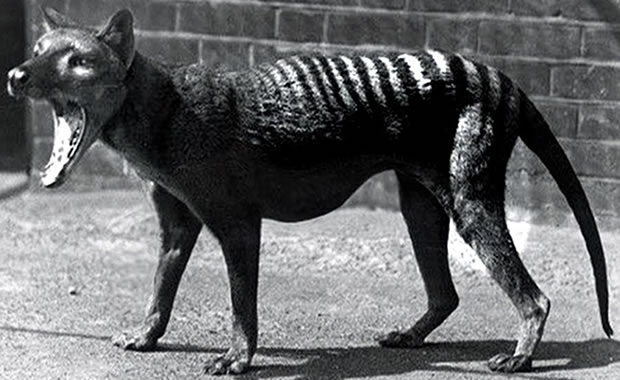
Cuvier's Gazelle
|
Creature Profile
The Cuvier's gazelle is found in North Africa. Adults measure 39 to 47 inches in body length with a tail length of 5 to 6 inches. Their coats are light brown and they have white underparts. Both male and female have a pair of upright, inward-arching, ringed horns.
Diet of the Cuvier's gazelle consists of grasses, herbs, and woody plants. They prefer arid and open habitat, such as scrub savanna and semi-desert grasslands. They are social and prefer to remain in family groups of eight to ten. Females give birth to one or two young. Unlike all other gazelle species, giving birth to twins is not rare for the Cuvier's gazelle.
The main cause of decline is hunting by humans for its meat and rare skin. Also domestic sheep and goats compete with the gazelles for grazing spots sometimes pushing them out of their territory. Although the species is legally protected, the laws are not enforced and the species continues to be threatened by poaching.
Wikipedia Article

|
Wikipedia Article Copyright Notice: This article is licensed under the GNU Free Documentation License. It uses material from the Wikipedia article "Cuvier's gazelle". |
May 11, 2017
Glenn, C. R. 2006. "Earth's Endangered Creatures - Cuvier's Gazelle Facts" (Online). Accessed 4/25/2024 at http://earthsendangered.com/profile.asp?sp=165&ID=1.
Need more Cuvier's Gazelle facts?




